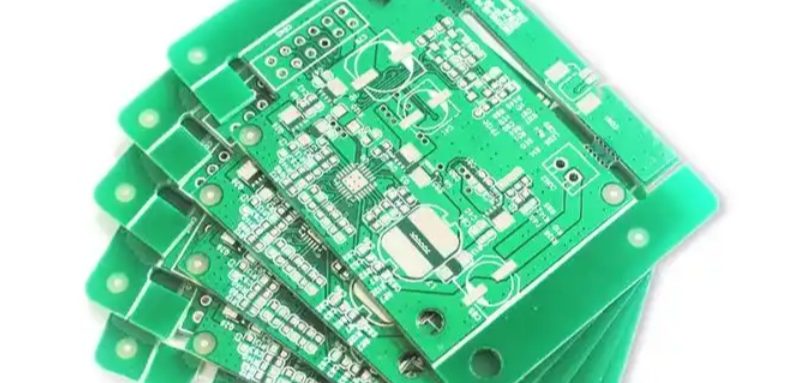
PCB Material Properties: How They Impact Manufacturing & Performance
Choosing the right materials is one of the most critical decisions in PCB design. The properties of your PCB substrate, copper layers, and dielectric materials directly affect manufacturability, signal integrity, thermal management, and long-term reliability.
In this guide, we’ll break down the key material properties of PCBs and explain how they influence manufacturing processes and final product performance.
Why PCB Material Selection Matters
Every PCB design must balance performance, cost, and manufacturability. The materials you choose determine:
✔ Signal quality (especially in high-speed & RF designs)
✔ Thermal stability (preventing warping or delamination)
✔ Mechanical durability (flexibility, vibration resistance)
✔ Manufacturing yield (ease of fabrication & assembly)
By understanding material properties upfront, you can avoid costly redesigns and production delays.
Key PCB Material Properties & Their Effects
PCBs are defined by four main categories of material properties:
1. Mechanical Properties (Structural Integrity)
-
Flexural Strength – Resistance to bending stress (critical for flexible PCBs).
-
Peel Strength – Bond strength between copper and substrate (prevents delamination).
-
Density – Affects weight and stiffness (important for aerospace/mobile devices).
-
Delamination Time – How long layers stay bonded under heat/moisture.
🔹 Manufacturing Impact: Weak mechanical properties lead to cracked traces, poor layer adhesion, and assembly failures.
2. Electrical Properties (Signal Performance)
-
Dielectric Constant (Dk) – Affects signal speed and impedance (crucial for high-speed PCBs).
-
Dissipation Factor (Df) – Signal loss in the dielectric (key for RF/microwave boards).
-
Surface & Volume Resistivity – Determines insulation quality (prevents leakage currents).
-
Electrical Strength – Resistance to short circuits under high voltage.
🔹 Manufacturing Impact: Poor electrical properties cause signal distortion, crosstalk, and power loss.
3. Thermal Properties (Heat Resistance)
-
Glass Transition Temp (Tg) – When the substrate softens (must withstand soldering temps).
-
Decomposition Temp (Td) – When the material permanently breaks down.
-
CTE (Coefficient of Thermal Expansion) – Expansion rate under heat (must match copper to avoid warping).
-
Thermal Conductivity – How well heat spreads (critical for high-power boards).
🔹 Manufacturing Impact: Incorrect thermal properties lead to warping, solder joint failures, and overheating.
4. Chemical Properties (Environmental Stability)
-
Water Absorption – Moisture uptake (affects electrical & thermal performance).
-
Flammability Rating (UL 94) – Fire resistance (required for safety certifications).
-
Methylene Chloride Resistance – Chemical stability during fabrication.
🔹 Manufacturing Impact: High moisture absorption or poor chemical resistance can cause corrosion and reliability issues.
How to Select the Best PCB Materials for Your Design
Step 1: Define Your Requirements
-
High-frequency? → Low-Dk/Df materials (e.g., Rogers, PTFE).
-
High-power? → High thermal conductivity (e.g., metal-core PCBs).
-
Flexible? → Polyimide substrates.
-
Cost-sensitive? → FR-4 (standard epoxy laminate).
Step 2: Optimize the Layer Stackup
-
Match dielectric thickness to impedance requirements.
-
Ensure CTE compatibility between layers.
Step 3: Partner with the Right Manufacturer
-
Verify their experience with your chosen materials.
-
Discuss DFM (Design for Manufacturability) guidelines early.
Conclusion: Smart Material Choices = Better PCBs
PCB material selection isn’t just about performance—it’s about manufacturability. By understanding key properties like Dk, Tg, CTE, and peel strength, you can design boards that are easier to fabricate, more reliable, and better suited to their application.
Need help choosing PCB materials? Consult with your manufacturer early to avoid costly mistakes and ensure a smooth production process.

Recent Comments